 Redfield Viaduct
Redfield Viaduct
Entry Category: Cities and Towns - Starting with R
 Redfield Viaduct
Redfield Viaduct
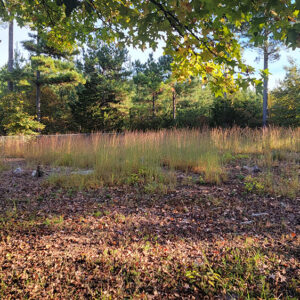 Redland Cemetery
Redland Cemetery
Reed (Desha County)
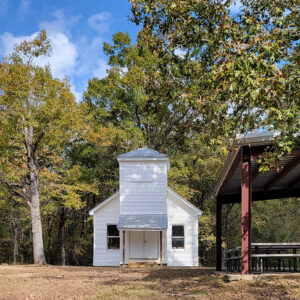 Reform Church
Reform Church
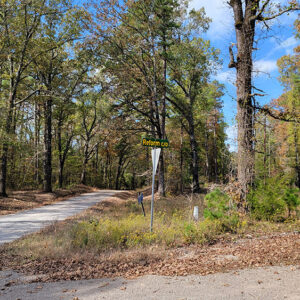 Reform Street Scene
Reform Street Scene
 Rendezvous Restaurant
Rendezvous Restaurant
 Republican Headquarters in Mountain Home
Republican Headquarters in Mountain Home
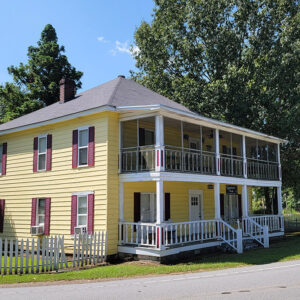 Restoration House
Restoration House
Reyno (Randolph County)
 William H. Rhea
William H. Rhea
 Rialto Theater
Rialto Theater
 Rice Plantation Pump
Rice Plantation Pump
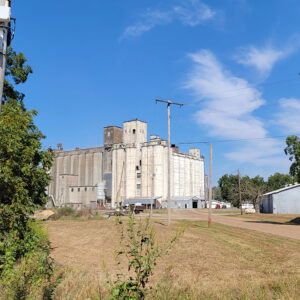 Riceland Silos
Riceland Silos
 Riceland Storage
Riceland Storage
 Riceland Storage Facility
Riceland Storage Facility
Rich Mountain (Polk County)
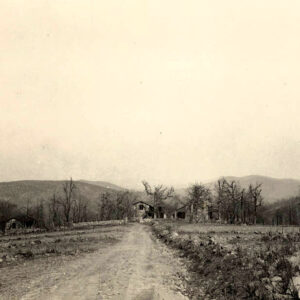 Rich Mountain Homestead
Rich Mountain Homestead
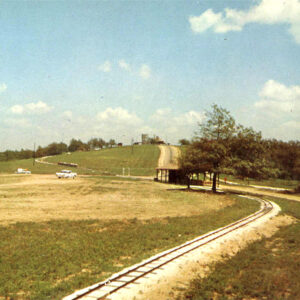 Rich Mountain Railroad
Rich Mountain Railroad
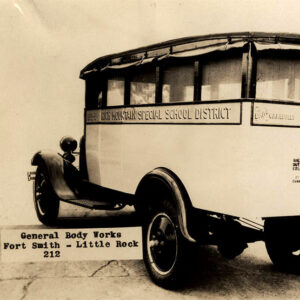 Rich Mountain School Bus
Rich Mountain School Bus
 Rich Mountain View
Rich Mountain View
Richwoods (Clark County)
 Riddell Theater
Riddell Theater
 Billy Lee Riley Memorial
Billy Lee Riley Memorial
 Rim Shoals
Rim Shoals
 Rio Vista Depot
Rio Vista Depot
Rison (Cleveland County)
 Rison Bank
Rison Bank
 Rison Church
Rison Church
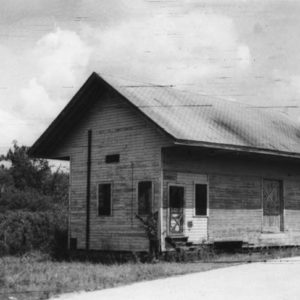 Rison Depot
Rison Depot
 Rison Fire Department
Rison Fire Department
 Rison High School
Rison High School
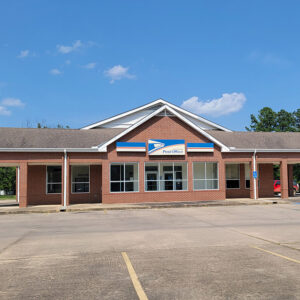 Rison Post Office
Rison Post Office
 Rison Street Scene
Rison Street Scene
 Rison Street Scene
Rison Street Scene
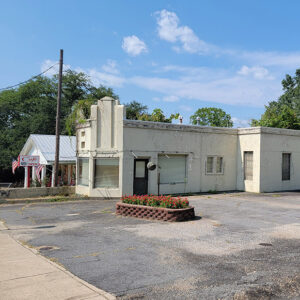 Rison Texaco Service Station
Rison Texaco Service Station
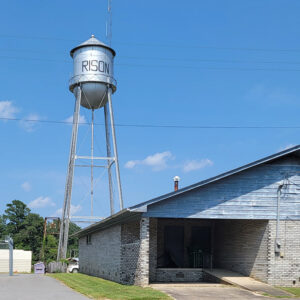 Rison Water Tower
Rison Water Tower
 The Ritz
The Ritz
Ritz (Scott County)
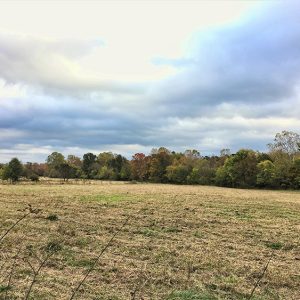 Ritz Landscape
Ritz Landscape
 Ritz Theatre
Ritz Theatre
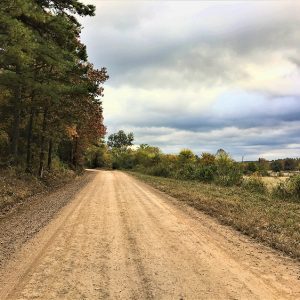 Ritz View, North
Ritz View, North
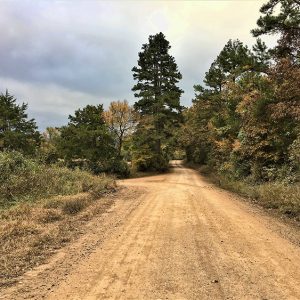 Ritz View, South
Ritz View, South
 Riverfront Park
Riverfront Park
 Riverfront Park Gazebo
Riverfront Park Gazebo
 Riverfront Park Mural
Riverfront Park Mural
 Riverview Motel
Riverview Motel
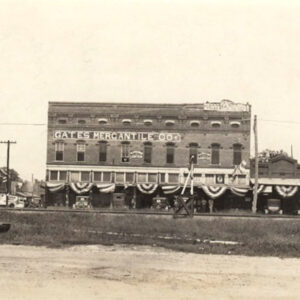 Robinson Homecoming
Robinson Homecoming
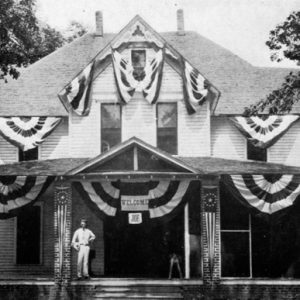 Joseph Taylor Robinson House
Joseph Taylor Robinson House
 Rock Creek Cemetery
Rock Creek Cemetery
 Rock Formations
Rock Formations




